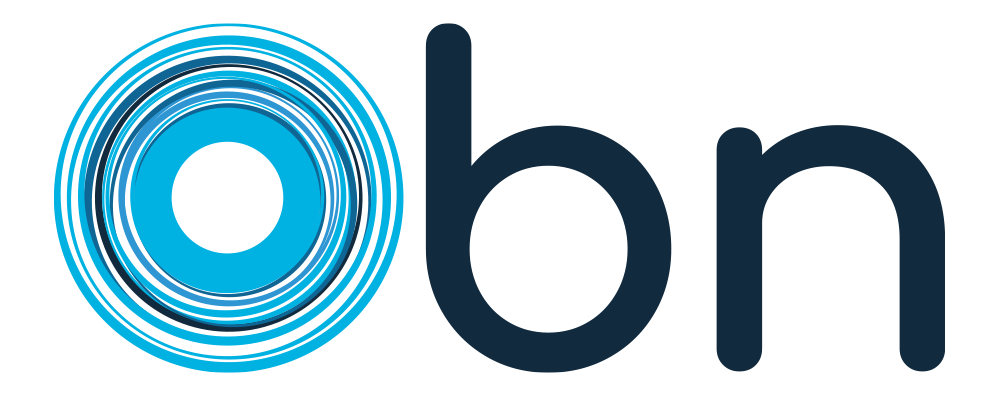
In recent years, education industry has rallied to pursue “intelligent education”. China takes over the lead in AI spending based on VC investments in EdTech, making up %50 of all global VC investment in 2018. Generated unicorn ed-tech companies are now planning to export their vision and practice beyond the Chinese Wall to transform the education world.
As we have discussed AI trends in education and clasroom based AI applications in our previous articles recently (Turkish only), experts agree AI will be important in 21st-century education—but how? China hasn’t waited around. In the last few years, the country’s investment in AI-enabled teaching and learning has exploded. Tech giants, startups, and education incumbents have all jumped in. Tens of millions of students now use some form of AI to learn—whether through extracurricular tutoring programs like Squirrel’s, through digital learning platforms like 17ZuoYe, or even in their main classrooms. It’s the world’s biggest experiment on AI in education, and no one can predict the outcome.
AI Tutoring is not a new thing, background lies back to 1970s
China wasn’t the first country pursue the concept of an AI tutor. The earliest efforts to “replicate” teachers date back to the 1970s, when computers first started being used in education. Then, between 1982 and 1984, several studies in the US showed that students who received one-on-one human tutoring performed far better than students who didn’t. This set off a new wave of efforts to re-create that kind of individual attention in a machine. The result was adaptive learning systems, which can now be found everywhere from kindergartens to workplace training centers.
Any dark side of AI Tutoring?
While AI creates wow effect who ever listens or experiences, experts worry about the direction this rush to AI in education is taking. At best, they say, AI can help teachers foster their students’ interests and strengths. At worst, it could further entrench a global trend toward standardized learning and testing, leaving the next generation ill prepared to adapt in a rapidly changing world of work.
AI tutoring approach may yield great results on traditional education, but it doesn’t prepare students to be flexible in a changing world, the experts spoken to say.
Adaptive vs personalized learning
“There’s a difference between adaptive learning and personalized learning,” says Chris Dede, a professor at Harvard University in the Technology, Innovation, and Education Program. AI tutoring practices in Chine are doing adaptive learning, which is about “understanding exactly what students know and don’t know.” But it pays no attention to what they want to know or how they learn best. Personalized learning takes their interests and needs into account to “orchestrate the motivation and time for each student so they are able to make progress.”
Jutta Treviranus, a professor at the Ontario College of Art and Design University who pioneered personalized learning to improve inclusivity in education, breaks it down further. “Personalized learning has a number of levels,” she says: she calls them pace, path, and destination.
If the pace of learning is personalized, students with different abilities are allowed different amounts of time to learn the same material. If the path is personalized, students might be given different motivations to reach the same objectives (“Here’s why statistics is relevant to your love of baseball”) and offered the material in different formats (e.g., video versus text). If the destination is personalized, students can choose, for instance, whether to learn with a vocational school or a university in mind.
“We need students to understand their own learning. We need them to determine what they want to learn, and we need them to learn to learn,” Treviranus says. “Current AI tutoring developments don’t address those things at all. It only makes it more efficient to bring all of the students to the same standardized place.”
That doesn’t mean that adaptive learning systems won’t have any place in the 21st-century classroom. David Dockterman, a colleague of Dede’s, believes their strength in training people on structured knowledge is still valuable. But it would be a mistake to make them the predominant “teacher” in the classroom: “The kinds of rote activities—knowledge retrieval, skill acquisition—that are more readily teachable with a smart tutor are also the things that are more readily accomplished by a smart machine,” he says.
Must Watch
Bloomberg – How Squirrel AI Learning Is Shaking Up Education in China
This article was written by Karen Hao and originally published on technologyreview.com, on Aug 8th 2019.

